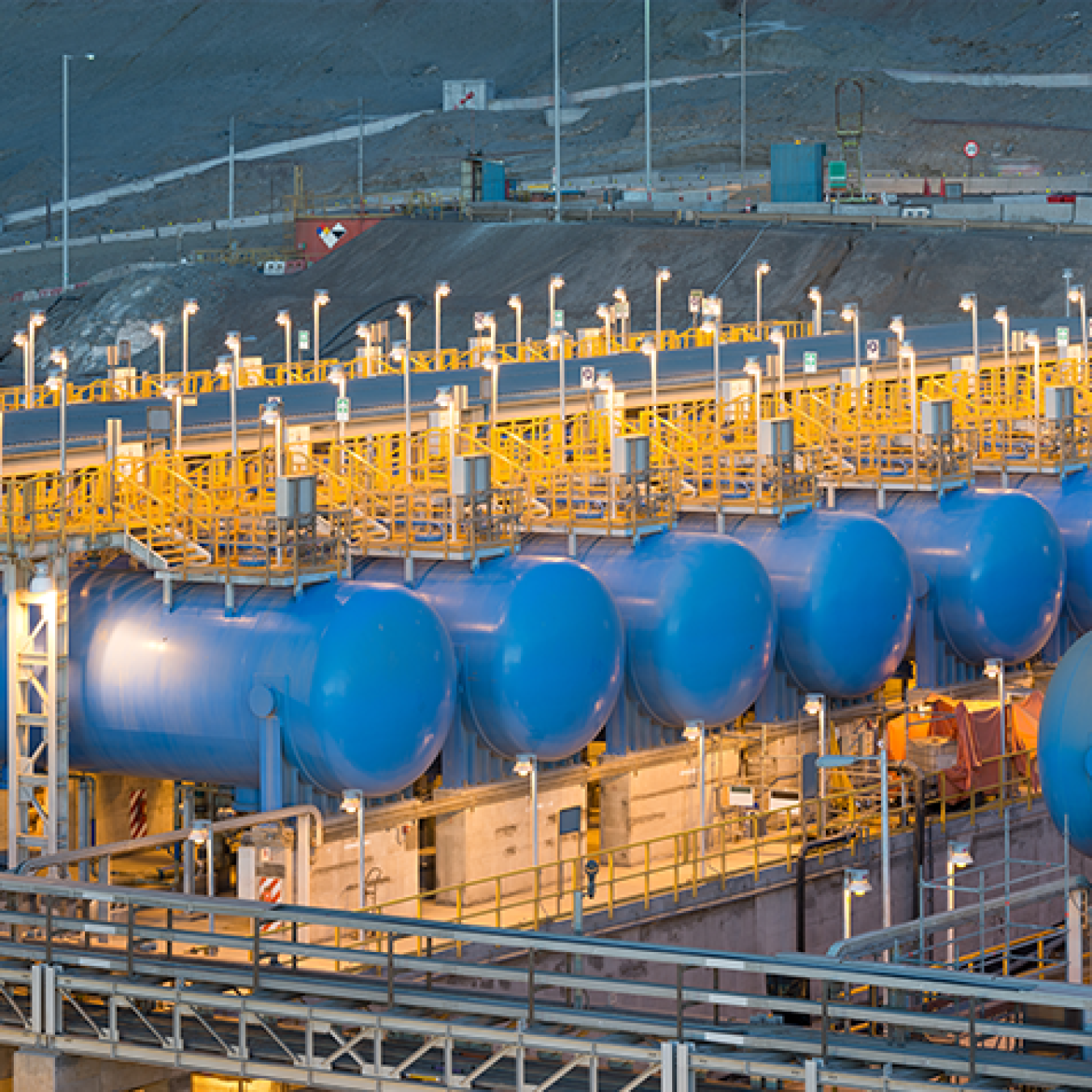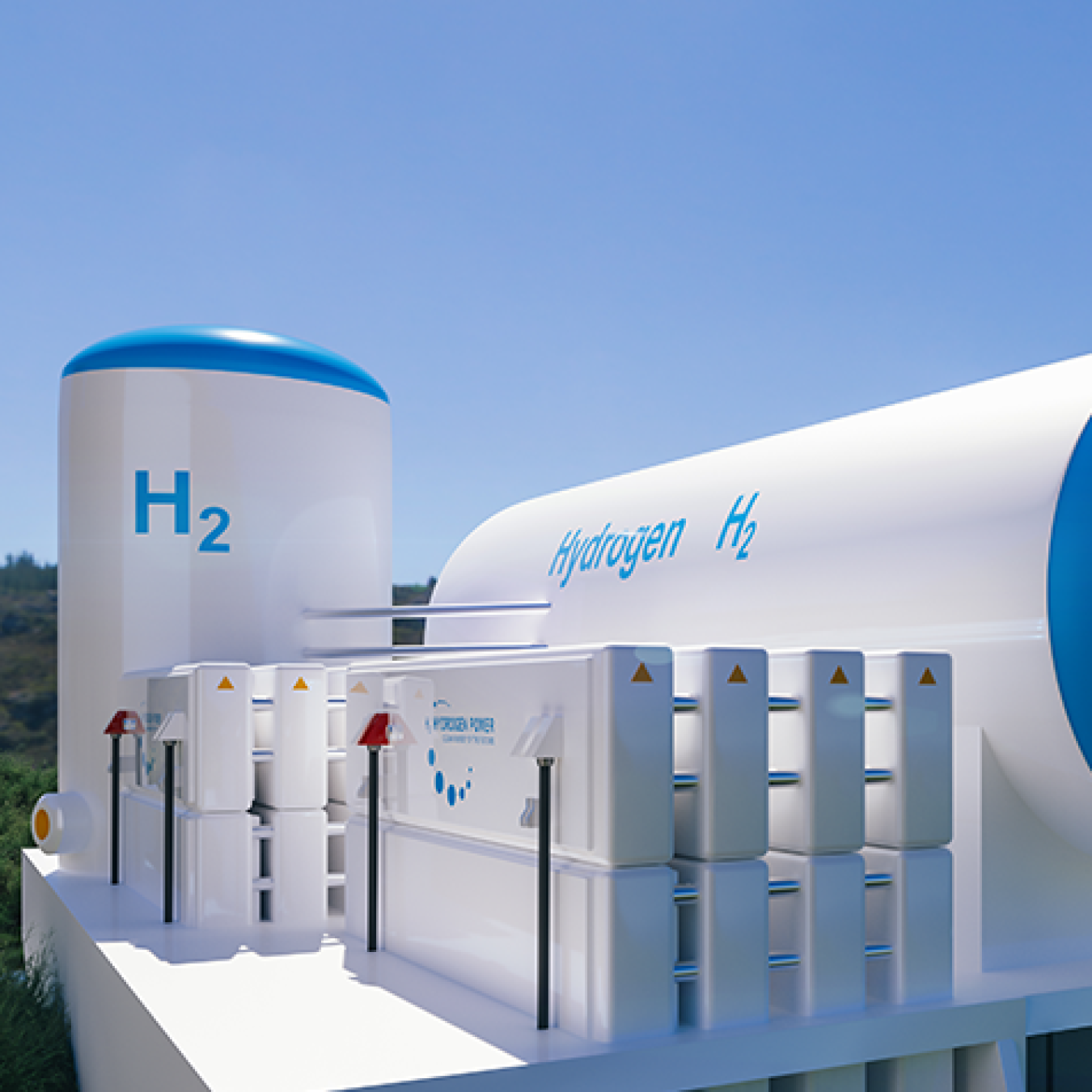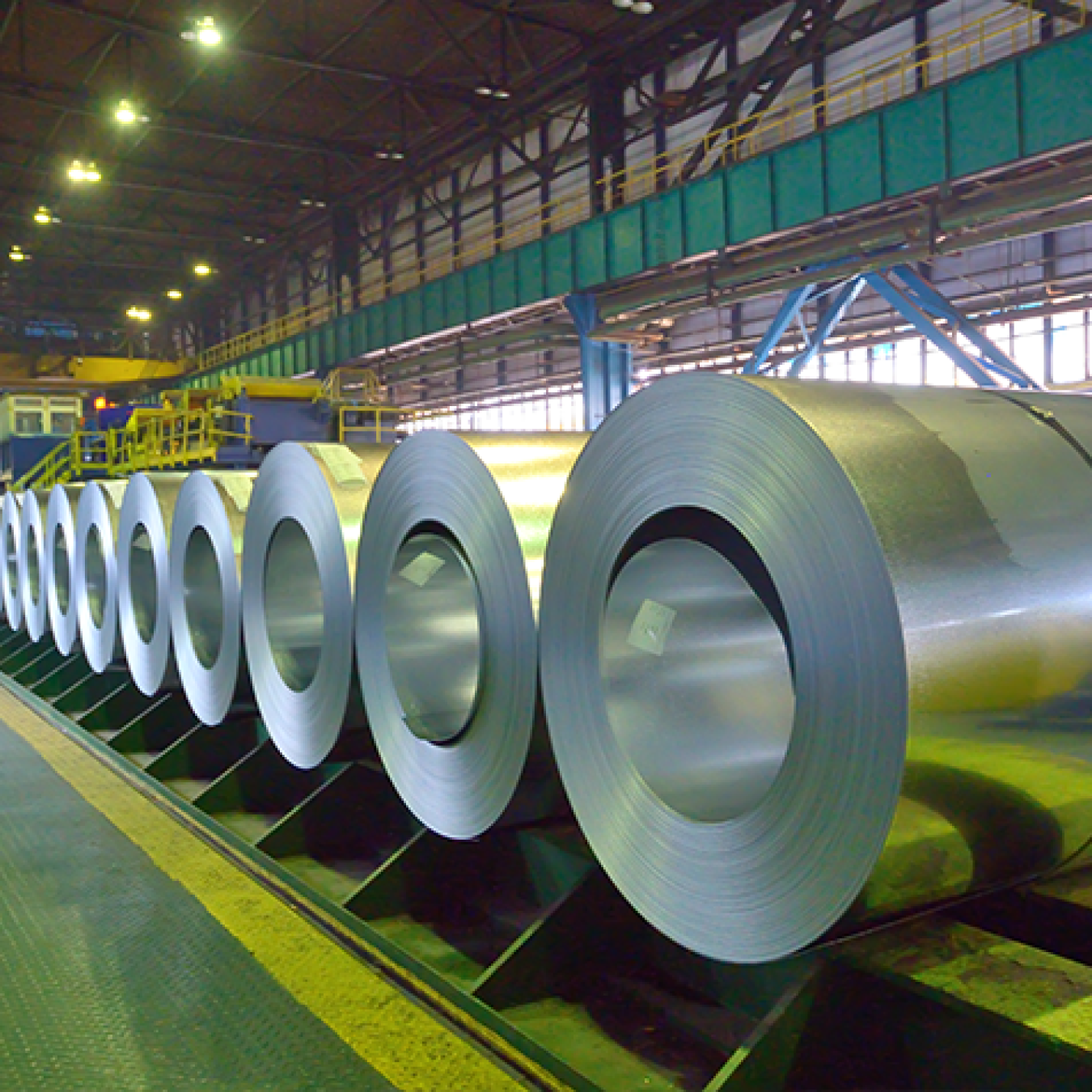Three surprising ways industries could leverage nuclear energy to further help decarbonize our society.
March 16, 2022When people talk about clean energy, they don’t often realize that more than half of the emissions-free electricity generated in the United States comes from nuclear power.
Nuclear is an essential tool for tackling climate change and it’s starting to become more versatile than you might think.
Commercial reactors offer various applications beyond providing electricity for homes and businesses. They can also be used to power desalination plants, provide heat for metal refining, and even generate hydrogen as a clean burning alternative fuel for vehicles.
Here are three surprising ways industries could leverage nuclear energy to further help decarbonize our society.
1. Nuclear Desalination

Advancements in sewage systems, desalination, and wastewater treatment plants significantly improve public health. Still, one-fifth of world’s population experiences water scarcity. The demand for freshwater continues to grow due to increases in population and impacts of climate change on arid and semi-arid regions.
In the U.S., drinking water and wastewater plants account for roughly 2 percent of energy use, and it’s estimated that by 2040, desalination projects will account for 20% of water-related energy demand.
Desalination plants around the world produce freshwater from seawater through distillation. These processes require energy in the form of heat to remove salt from saline water, which in turns make it drinkable. However, desalination plants are often powered by carbon-emitting heat sources like fossil fuels.
Dozens of U.S. nuclear energy companies are currently working on advanced reactor systems that are carbon-free, can be sited virtually anywhere in the world, and can concurrently produce water and electricity when paired with desalination plants.
2. Clean Hydrogen Production

Hydrogen is a key component of future energy systems and can be generated with little to no emissions with technologies like nuclear energy.
Right now, roughly 95% of the hydrogen produced in the U.S. comes from natural gas. It’s produced through a process called steam methane reforming and emits roughly 830 million tonnes of carbon dioxide per year.
Nuclear power plants could be used to generate clean hydrogen to create ammonia and nitrogen for fertilizers. The hydrogen could also be used for steel refining or to develop synthetic fuels for cargo ships to drastically reduce its carbon footprint.
To help scale up the production of clean hydrogen, the U.S. Department of Energy is supporting three hydrogen demonstration projects at U.S. nuclear power plants. The projects are part of DOE’s Hydrogen Shot goal to reduce the cost of hydrogen to $1 per 1 kilogram in one decade and could also open up new markets for the nuclear industry.
3. Process Heating for Industry

Process heat is energy in the form of heat used mainly by the industrial sector for processes such as drying, manufacturing, refining, warming, and cooling.
It’s estimated that industrial process heat applications account for roughly one-third of the nation’s energy consumption and most of the direct industrial CO2 emission each year. Currently, most of the process heat for the industrial sector comes from fossil fuel combustion.
Heat drives many industrial processes ranging from steam electrolysis to melting iron and other scrap materials to make steel. Nuclear energy is a carbon-free alternative that can power industrial facilities and provide high-temperature heat that is clean, reliable, and constant.
Nuclear power plants produce heat through a process called fission, which is used to make steam that spins a turbine to create electricity. Nuclear reactors convert one third of heat produced into electricity. The remaining heat is released to the environment, which could be harnessed to meet process heat demands.
Learn more about the Office of Nuclear Energy’s work to support the existing fleet, enable the deployment of advanced reactors, and develop solutions to achieving a clean energy economy.

